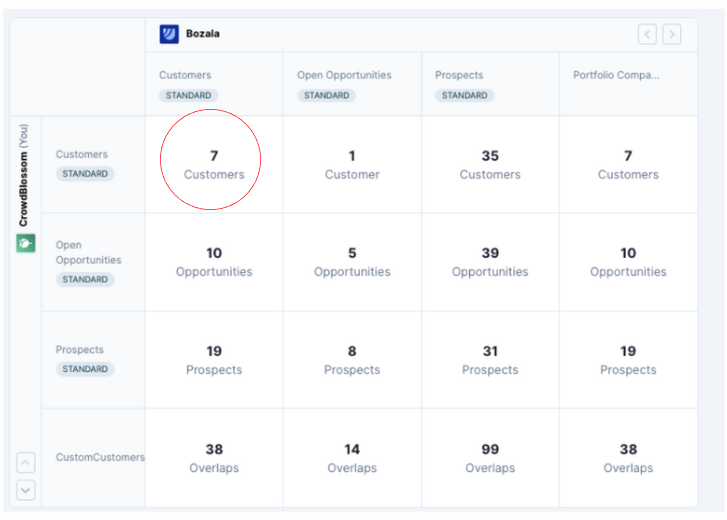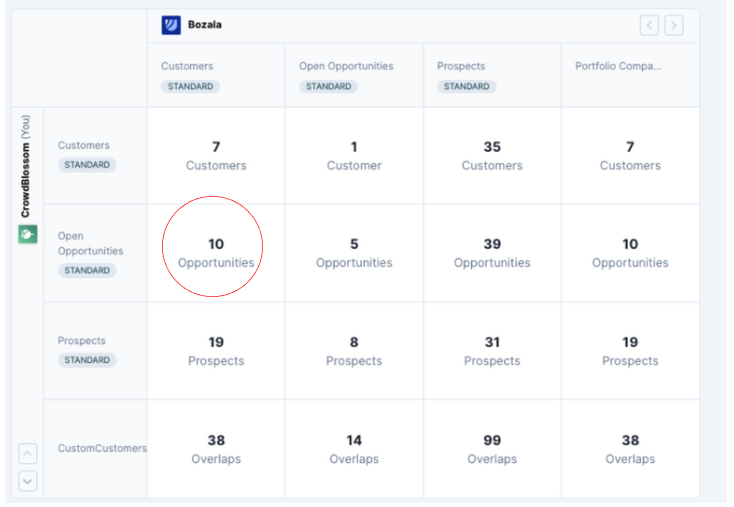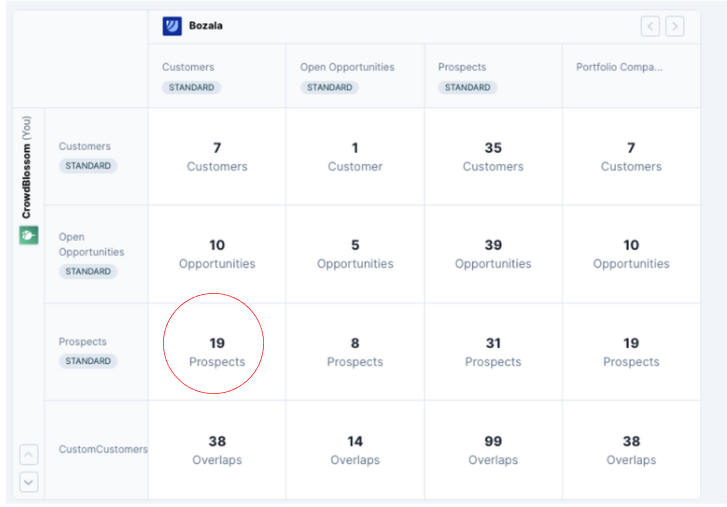Part 13: Tactical Account Mapping

Hi partnership people,
Back at it again, with another partnership pocketbook.
Wanted to give a 🗣 shout out 🗣 to everyone in this community who reaches out or posts about this newsletter.
It keeps me motivated to keep spending time writing these newsletters and really means a lot.
My partnership discussion of the week comes from an interaction I had with a prospective partner which didn’t result in a partnership being created.

It made me realize that the pre-qualification calls you have with partners are SO important.
As we talked and chatted through their customer base, it became apparent that our ICPs were fairly far apart.
Was it a large partner?…yes!
Was it a partner that on the face of it would have been a big get for Help Scout…yes!
But would this relationship have been fruitful for either of us ultimately?…No.
A timely reminder that not every partner is going to be a good fit, and the qualification conversation is sometimes the most important conversation.
Don’t waste time and energy pursuing a partnership which will result in no value for either side.
partnerships in the wild
This weeks partnerships in the wild come from outside the world of tech and focuses on a company that have made brand partnerships the core part of their brand strategy.
I am talking about Red Bull.
Red Bull is first and foremost an energy drink company, but they have stapled their brand to action sports. They made this decision because the audience that watches these action sports are also the people who buy their drinks.
I love this partnership because they have gone to, in Jay McBain words, “the watering holes” where their customers are.
Check out this article by Front Office Sports explaining how Red Bull’s strategy is to attach to these action sports brands with huge marketing and sponsorship efforts and ultimately invest into these same brands for an even bigger return on investment.
Awesome!

Let’s dive into the core topic of today: how to use account mapping data to drive GTM with your technology partners.
As you may be aware by reading last week's newsletter, I am a big fan of account mapping tools!
In fact, I LOVE account mapping tools.
They are like any tools, though. Without getting them set up, optimized and knowing how to use them, they become obsolete.
I thought I would pull together for you all how I use crossbeam and specifically the plays I run to create lead generating opportunities with my partners.
For the purposes of this article I will share the account mapping interface included in Crossbeam. I will run through each section and what you should work on / how you should use this information.
The first section highlighted is the number of mutual customers or overlaps you have with your partner.

This information is particularly useful in ensuring that the mutual customers you have with your integration partners are highlighted, and your customer facing teams are armed with this information to ensure that they have integrated your solutions.
Customers that have integrations established are less likely to churn, making this valuable information to arm your internal teams with.

The second important section to draw attention to is the one flagged above that highlights open opportunities that your partner has as customers.
In this section, the main play is asking for information or introductions.
At the start of every month get in front of your sales team with an overview of the marked open opportunities that your partner could assist with, and get them to put their hand up if they want this assistance.
(Friendly tip, if you have tons of open opportunities, work out which ones are the most critical and pick a top 5 list).
From there, reach out to your partner counterpart with:
- the list of accounts
- what you are asking for
- (and if you want to be extra great) a pre- made email template which they can give to their AEs which lifts a significant amount of lift from their side.
This template could look something like this:
Hi {{first_name}},
I wanted to introduce you to our partners at Help Scout, they provide a customer support solution (shared inbox, chat, knowledge base) that I think would be a great fit for your team.
As an added bonus they also integrate with (enter tool name)!
Would you be open to chatting with the team there?
A word of caution! Remember this is a partnership, expect your partner counterpart to want some introductions back.
If this is a non-starter, then I would hold off on this play until you have managed to get your sales team on side.
The final population which I would put some thought into is the “Prospects” population.

There are some interesting things you can do here.
1. Run a direct mailing campaign.
Armed with this data, you have a list of potential accounts, emails, and the tool that they currently use.
Get a tool like Postal.io and build out a direct mailing campaign with an innovative message and gift that highlights your joint integration.
For example here at Help Scout we could run a campaign using the prospect list that aligns with Aircall. We could take these prospects and send them a direct mail campaign based on the message of “Supercharging Your Customer Support”, the gift that you send could play off this theme and include (enter gift 🎁).
2. Traditional cold outreach
I call this traditional cold outreach but it's anything but!
You know something about the prospect: they use your partner's tools.
Arming your SDRs with a list of these prospects
+ the unique value proposition you and your partner bring to the table
= power for the cold outreach.
Chuck in a case study or a customer testimonial and you will get a few bites.
So that is it, another issue of the Partnership Pocketbook.
Hope you all enjoyed it!
Feedback is always appreciated!
See you next week (for a very special issue).
Cheers,
Ben
